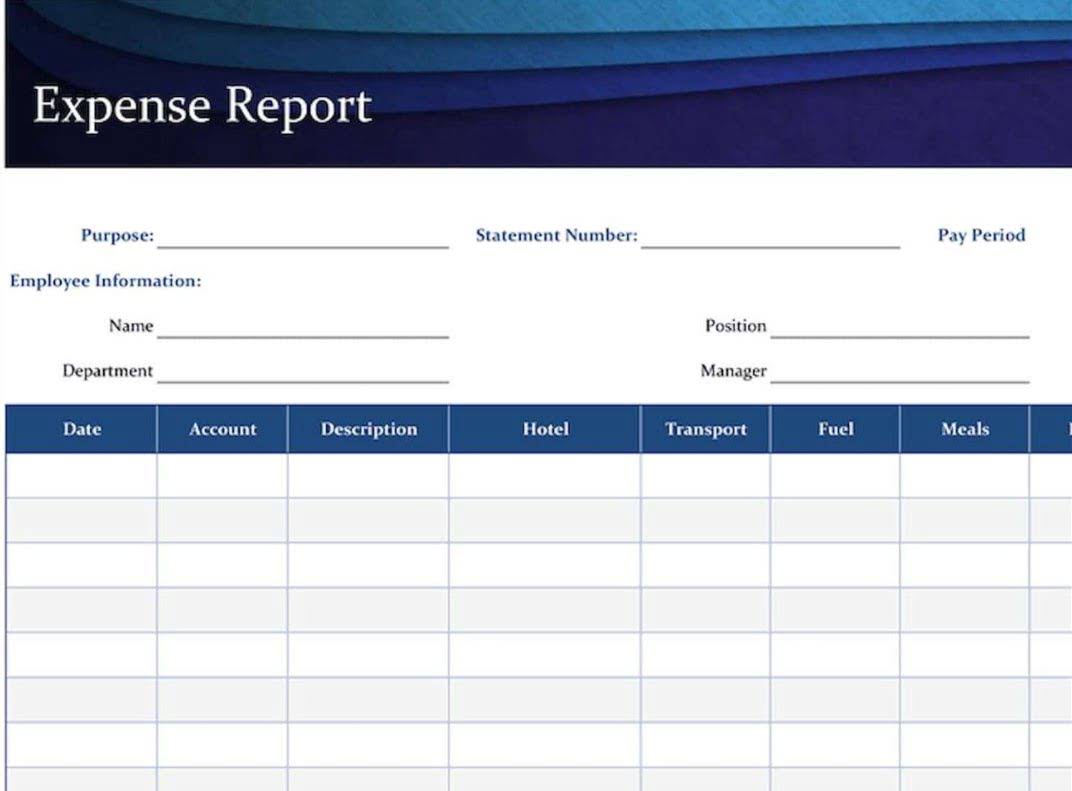
By making this an international standard, it’s easier for global corporations to keep track of their accounts. It’s also helpful on a lower level by keeping all transactions in balance, with a verifiable relationship between each expense and its source of financing. In all adjusting entries financial statements, the balance sheet should always remain in balance. A company’s “uses” of capital (i.e. the purchase of its assets) should be equivalent to its “sources” of capital (i.e. debt, equity).

Basic Accounting Equation Formula
The Accounting Equation plays a pivotal role in the preparation of financial statements. It ensures that the balance sheet accurately represents the company’s financial position. It helps accountants verify that all recorded transactions are correct and balanced. Equity, also known as net worth or owner’s capital, represents the residual interest in a company’s assets after deducting liabilities.
Understanding Equity

Modern accounting software simplifies the application of the accounting equation by automating transaction recording and ensuring real-time accuracy. These tools integrate with other systems, such as inventory management and payroll, providing a comprehensive view of a company’s financial activities. A company’s assets could include everything from cash to inventory.
- As you can see, shareholder’s equity is the remainder after liabilities have been subtracted from assets.
- The accounting equation states that a company’s total assets are equal to the sum of its liabilities and its shareholders’ equity.
- This balance reflects the interconnected nature of financial transactions, preventing errors and omissions.
- Equity can refer to stockholders’ equity, owners’ equity, or shareholders’ equity.
- Only after debts are settled are shareholders entitled to any of the company’s assets to attempt to recover their investment.
Accounting Equation Explained – Definition & Examples

The cash (asset) of the business will increase by $5,000 as will the amount representing the investment from Anushka as the owner of the business (capital). Someone who purchased their home with a no-money-down VA loan would have 100% liabilities. This standardization protects the public from bad investments and bad business decisions. The Enron scandal is the #1 example of how falsified financial statements hurt the investing public. Standardized financial statements allow us to compare apples to apples when looking at more than one company. They give us insights on which companies are doing well and which are failing.
Cash (asset) will reduce by $10 due to Anushka using the cash belonging to the business to pay for her own personal expense. As this is not really an expense of the explain the accounting equation and what makes up each part. business, Anushka is effectively being paid amounts owed to her as the owner of the business (drawings). Capital essentially represents how much the owners have invested into the business along with any accumulated retained profits or losses. Regardless of how the accounting equation is represented, it is important to remember that the equation must always balance.
- The difference between the $400 income and $250 cost of sales represents a profit of $150.
- In the ever-evolving field of accounting, obtaining a professional certification can significantly enhance your career prospects and establish your credibility in the industry.
- The cost of this sale will be the cost of the 10 units of inventory sold which is $250 (10 units x $25).
- Liabilities (also called debt or payables) represent assets owed to outsiders.
- The amount that is left over is what is known as the owner’s equity in the assets.
- Understanding Accounting Principles and Standards helps you manage your company finances effectively wherever you are.
What are the Advantages of an Accounting Career?
The shareholders’ equity number is a company’s total assets minus its total liabilities. The accounting equation helps to assess whether the business transactions carried out by the company are being accurately reflected in its books and accounts. The accounting equation states that assets equal liabilities plus shareholder equity, demonstrating that a company’s entire obligations plus shareholder equity equal its total assets. bookkeeping for cleaning business This section focuses on how financial analysts use the accounting equation to assess a company’s financial health. Analysts can gauge the company’s solvency, liquidity, and overall financial condition by comparing assets, liabilities, and equity. Financial analysis involves assessing a company’s financial performance and position to make informed decisions.
